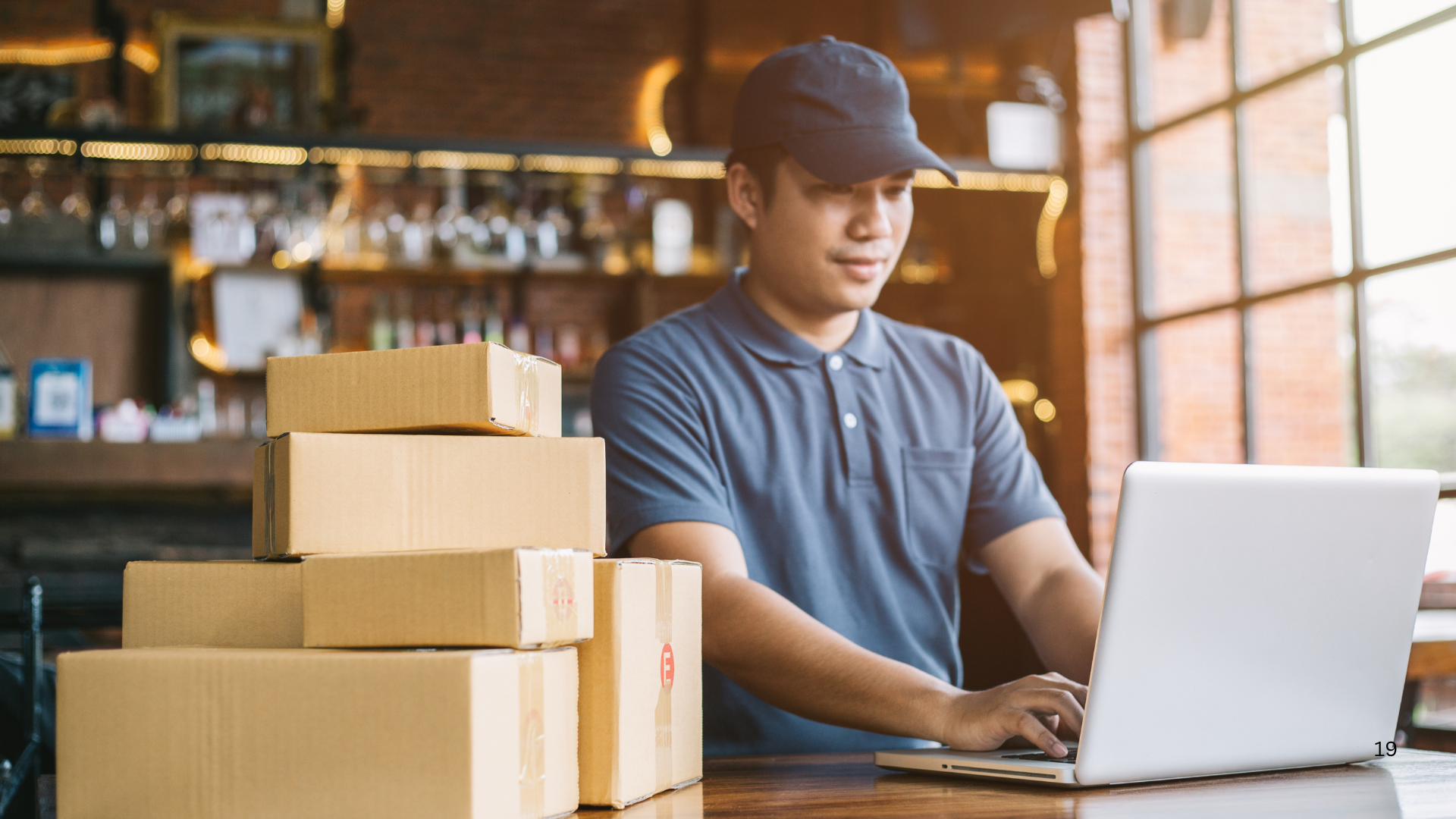A decade ago, shopping meant going to a mall or store. Today, with just a few clicks, customers can order groceries, electronics, or clothing and have them delivered to their doorstep—sometimes within hours. This dramatic shift in consumer behavior has given rise to a new era of logistics.
The e-commerce boom is not just changing how people shop—it’s reshaping the entire logistics industry. From faster deliveries to smarter warehouses, logistics is now the heartbeat of online shopping.
1. The Rise of E-Commerce
Global e-commerce sales have been growing at double-digit rates every year. According to Statista, worldwide e-commerce sales are projected to hit $6.5 trillion by 2026, up from $5.8 trillion in 2023.
This explosive growth means one thing: more packages, more deliveries, and more pressure on logistics companies to meet demand.
2. Why E-Commerce Relies on Logistics
Unlike traditional retail, where products move from factory to wholesaler to store, e-commerce adds a new challenge: direct-to-customer deliveries.
- Every order, whether big or small, requires packaging, handling, and delivery.
- Customers expect speed, accuracy, and transparency.
- Returns are more frequent in online shopping, creating “reverse logistics” challenges.
Without strong logistics, e-commerce simply cannot function.
3. Changing Customer Expectations
E-commerce has changed what customers expect:
- Faster delivery: Same-day or next-day delivery is becoming the norm.
- Free shipping: Customers now see it as a standard, not a perk.
- Order tracking: Real-time updates keep customers engaged and reduce complaints.
- Easy returns: Logistics companies must handle reverse logistics efficiently.
Meeting these expectations puts enormous pressure on logistics providers, but it also opens huge opportunities.
4. Logistics Innovations Driven by E-Commerce
The growth of e-commerce has forced logistics companies to innovate:
a) Automated Warehouses
Robots and AI systems now manage picking, sorting, and packaging—reducing errors and speeding up fulfillment.
b) Last-Mile Delivery Solutions
To tackle the costliest step, companies are experimenting with electric bikes, drones, and gig-economy drivers.
c) Data-Driven Operations
Big data helps predict demand surges (like Black Friday or Ramadan) so companies can scale up delivery networks in advance.
d) Omnichannel Logistics
Retailers now combine physical stores with e-commerce, turning shops into mini-distribution hubs to speed up deliveries.
5. Case Studies of Logistics in E-Commerce
Amazon: Set the gold standard with Prime’s one-day delivery promise, backed by advanced logistics networks.
Alibaba: Operates Cainiao, one of the world’s largest smart logistics networks, capable of handling millions of parcels daily.
Noon & Carrefour (Middle East): Invested heavily in regional logistics hubs to meet growing online demand in the GCC.
These examples show how logistics has become a strategic weapon for e-commerce success.
6. The Growth Opportunity for Logistics Providers
The e-commerce boom is still accelerating, especially in developing regions like Asia, the Middle East, and Africa. This creates huge opportunities for logistics companies to:
- Offer specialized last-mile solutions.
- Build strong B2B partnerships with online retailers.
- Expand into reverse logistics (returns, repairs, recycling).
Companies that adapt quickly will capture a significant share of this fast-growing market.
Conclusion
E-commerce and logistics are two sides of the same coin. The growth of one fuels the growth of the other. As online shopping continues to dominate retail, logistics will remain at the center of this transformation—delivering not just products, but also customer satisfaction and business success.
For logistics companies, this is not just a challenge—it’s a golden opportunity.



